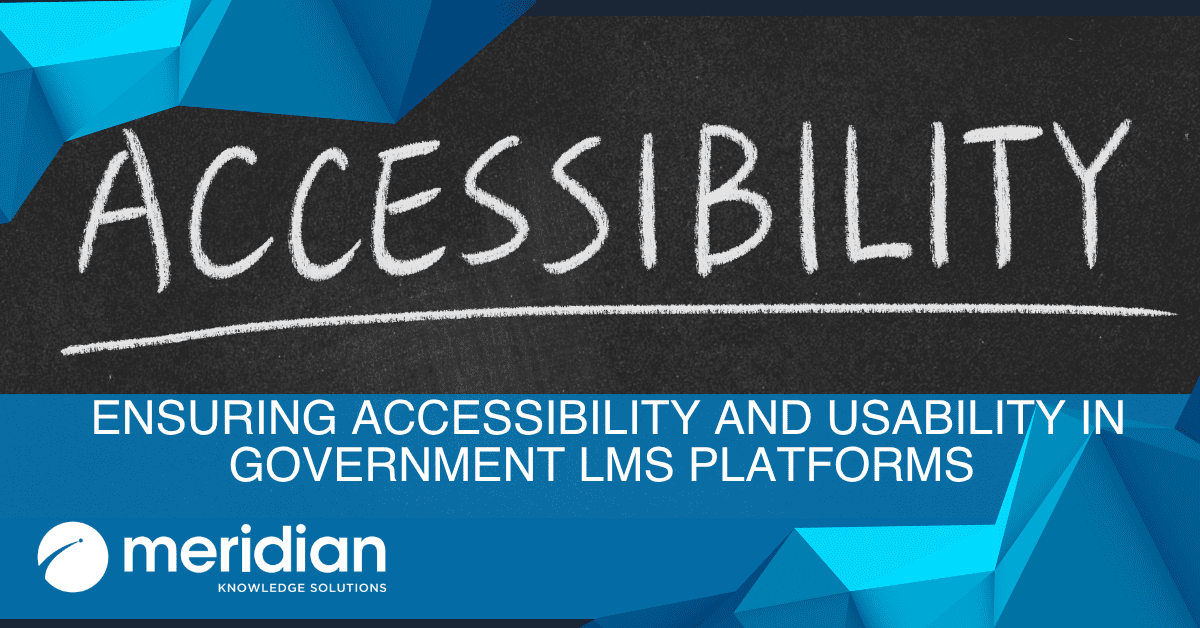
Measuring employee performance has become more complex as organizations expand their learning ecosystems, adopt digital training tools, and build role-based development programs. While learning and development teams rely on training to build skills and support business outcomes, many struggle to understand whether their programs are actually working.
A modern LMS can help—but only if you’re using analytics and reporting strategically.
Customized reporting is one of the most powerful ways to evaluate performance, track progress, and connect learning to organizational results. When LMS reporting is aligned with L&D goals, organizations gain clear insights into whether employees are growing, engaged, compliant, and ready for their next role.
Standard LMS reports often scratch the surface, but they rarely provide the depth required to understand:
Customized reporting turns training data into actionable intelligence—helping organizations make smarter decisions about workforce development.
Several core metrics can highlight strengths, weaknesses, and patterns across your learning programs:
Indicates whether learners remain engaged and complete the required content.
Shows how quickly learners progress through material—useful for onboarding and compliance.
Reveals which learning formats (video, modules, microlearning, instructor-led) best support performance.
Helps identify courses that may be confusing or require reinforcement.
Shows how actively learners engage with optional or developmental content.
Highlights competency levels and potential knowledge gaps.
Uncovers how employees prefer to learn—critical for frontline, field, and mobile workers.
Connects training outcomes to long-term employee behavior and readiness.
Together, these metrics help L&D leaders understand how training impacts performance—not just whether employees completed a course.
Most LMS platforms provide standard reports, but they’re often not flexible enough to answer organization-specific questions, such as:
To gain this level of insight, you need customizable reporting tools—not just static lists.
Meridian LMS is built for organizations that require deep analytics, complex reporting structures, and full visibility across internal and extended enterprise audiences.
Admins can personalize fields, filters, and views—without needing SQL or technical expertise.
Build custom dashboards and data visualizations tailored to programs, departments, or user groups.
Track modern learning experiences across systems, simulations, websites, apps, or field environments—far beyond SCORM limitations.
Nearly every meaningful data point is exposed for reporting, allowing teams to answer complex questions with precision.
Create calculated KPIs and performance indicators directly in the LMS—no external spreadsheets required.
See learning growth over time without manual data manipulation.
Give managers, supervisors, and executives real-time visibility into their teams’ readiness.
Send reports to inboxes on a schedule so leaders always have up-to-date information.
Ensure managers only see the data relevant to their teams.
Produce clean, branded reports suitable for audits, leadership reviews, and compliance documentation.
When LMS analytics align with organizational goals, L&D teams can:
Customized reporting doesn’t just measure learning—it drives strategic workforce outcomes.
To truly understand employee performance, organizations must move beyond basic LMS reports and embrace customized analytics that reflect their unique goals, roles, and operational needs.
With Meridian LMS, organizations gain the visibility and flexibility they need to measure performance, strengthen development programs, and build a workforce that is prepared for the future.